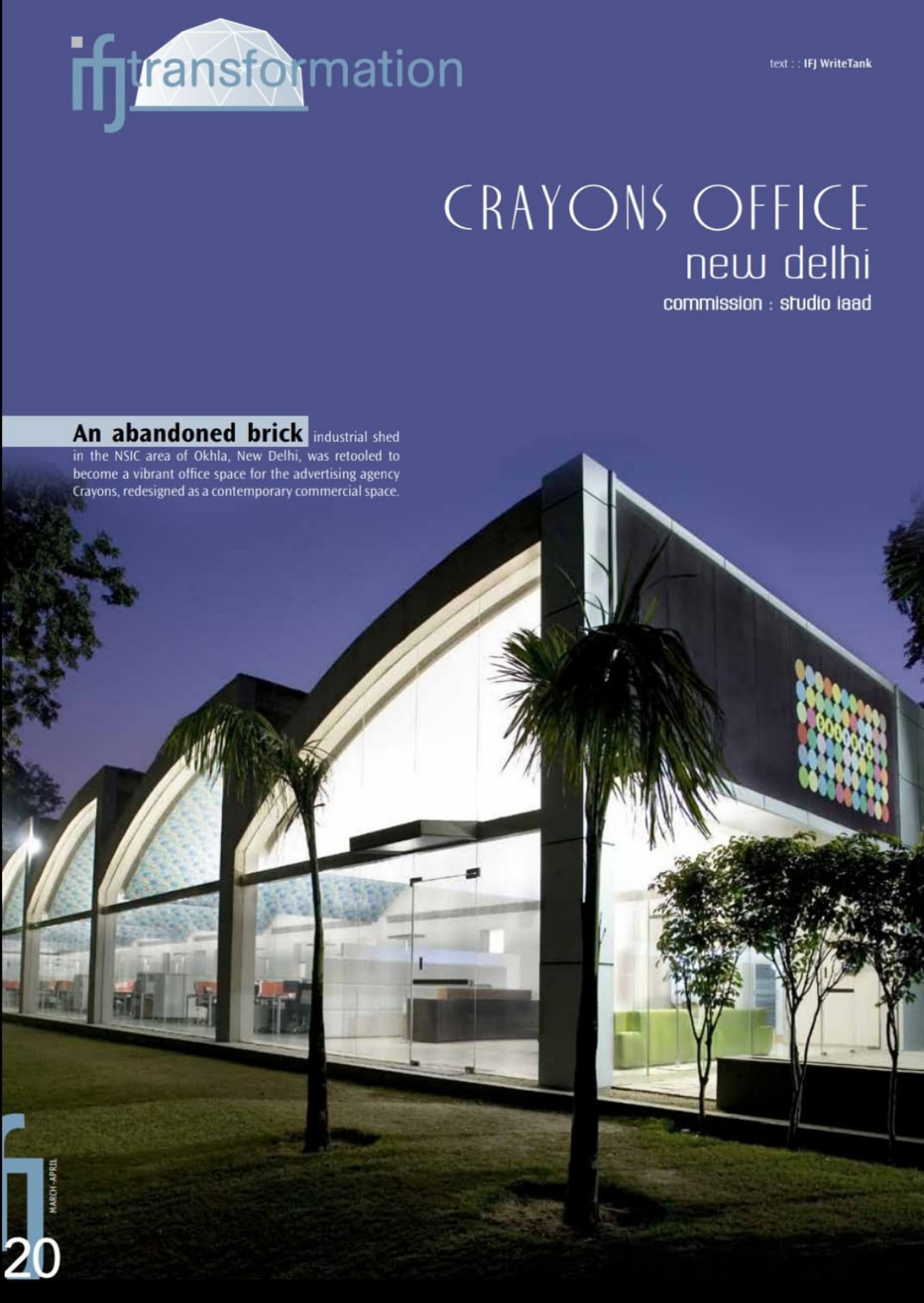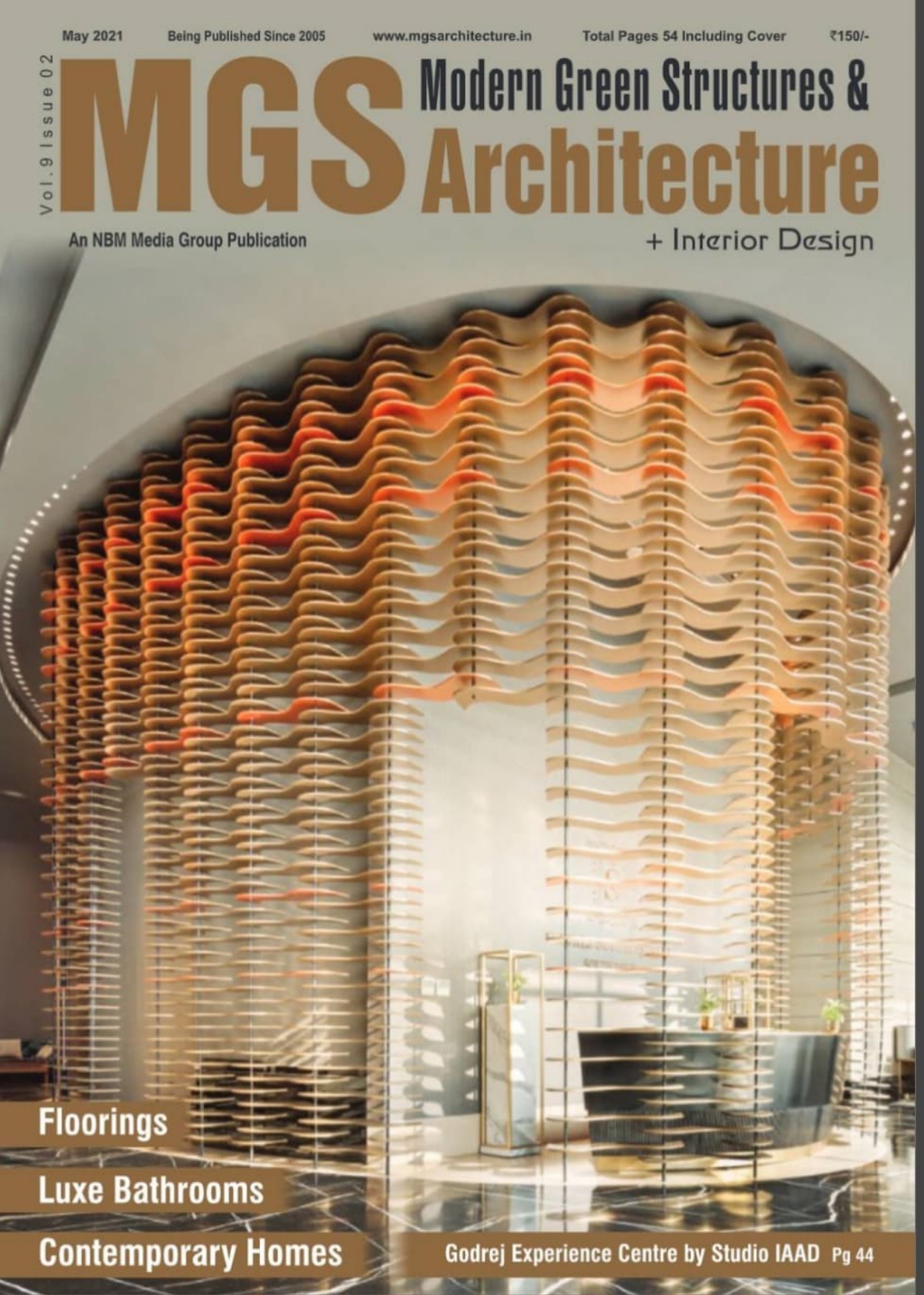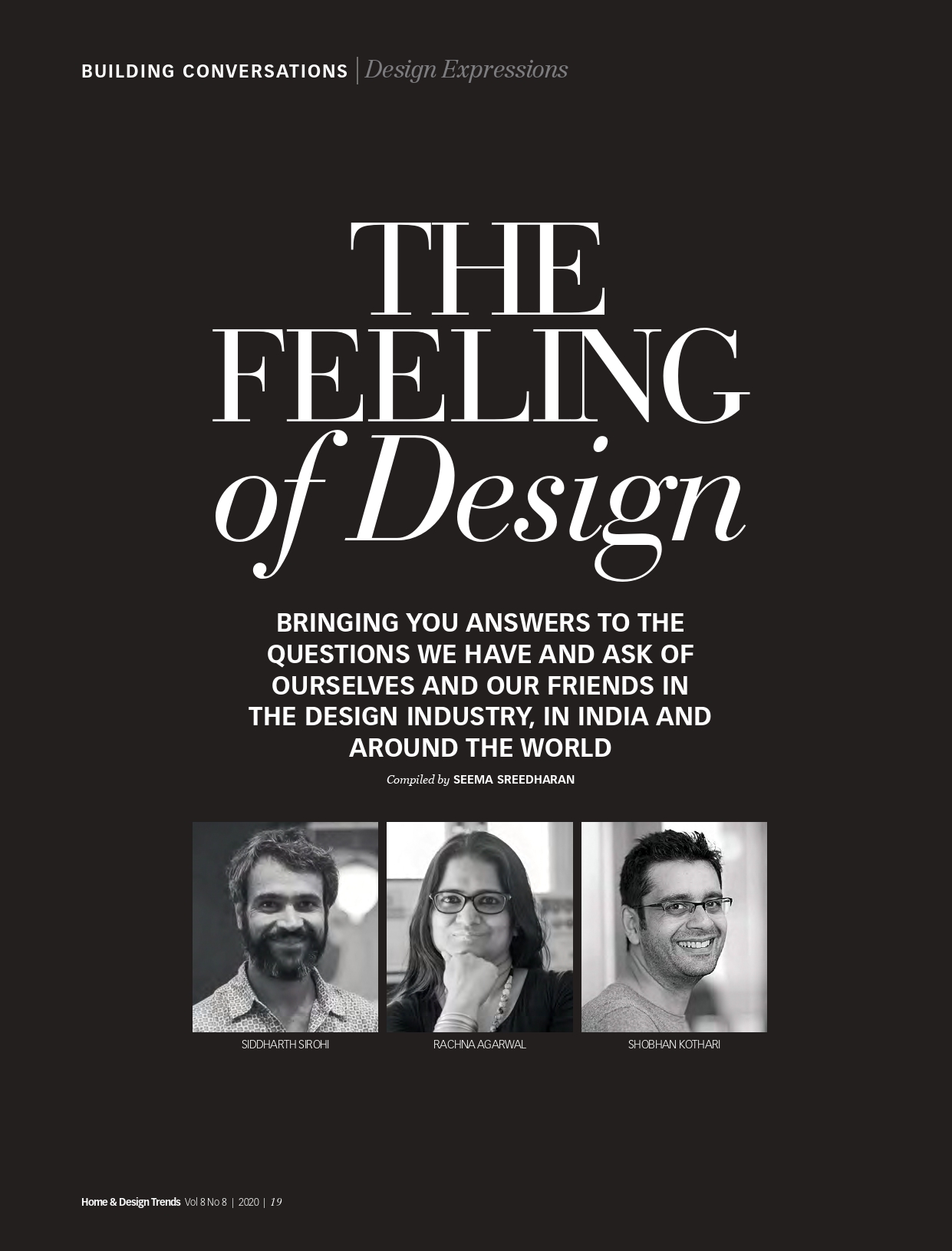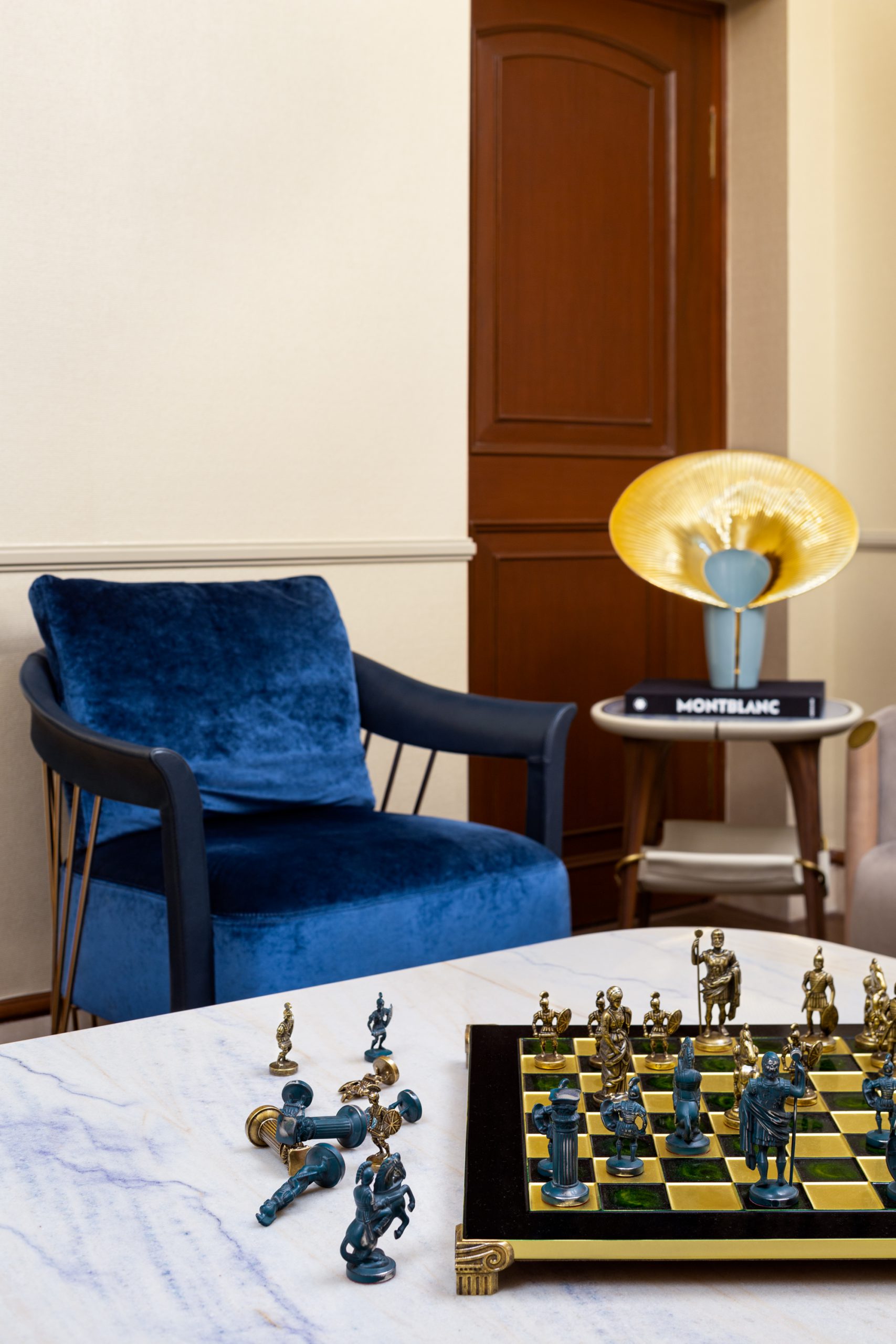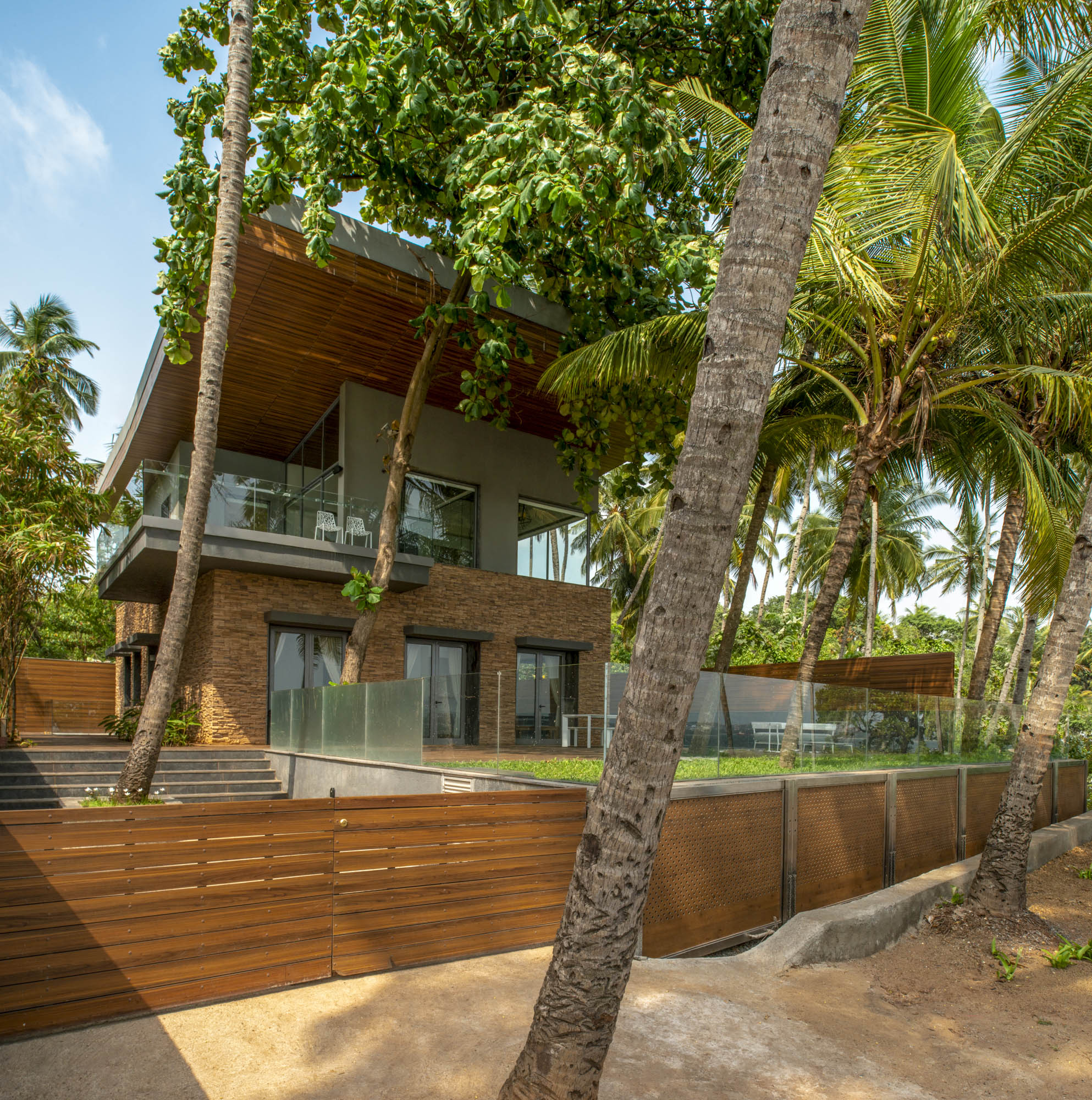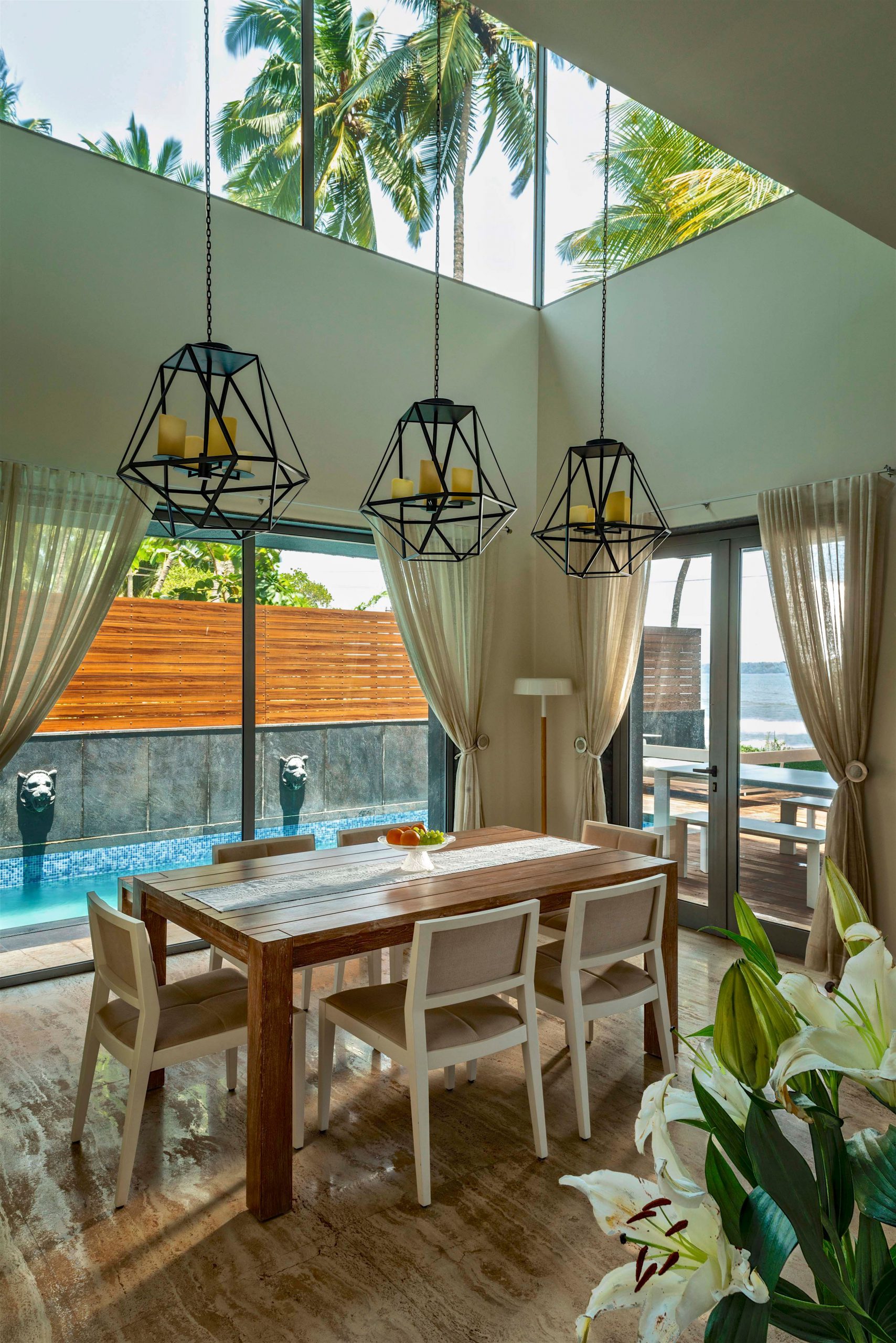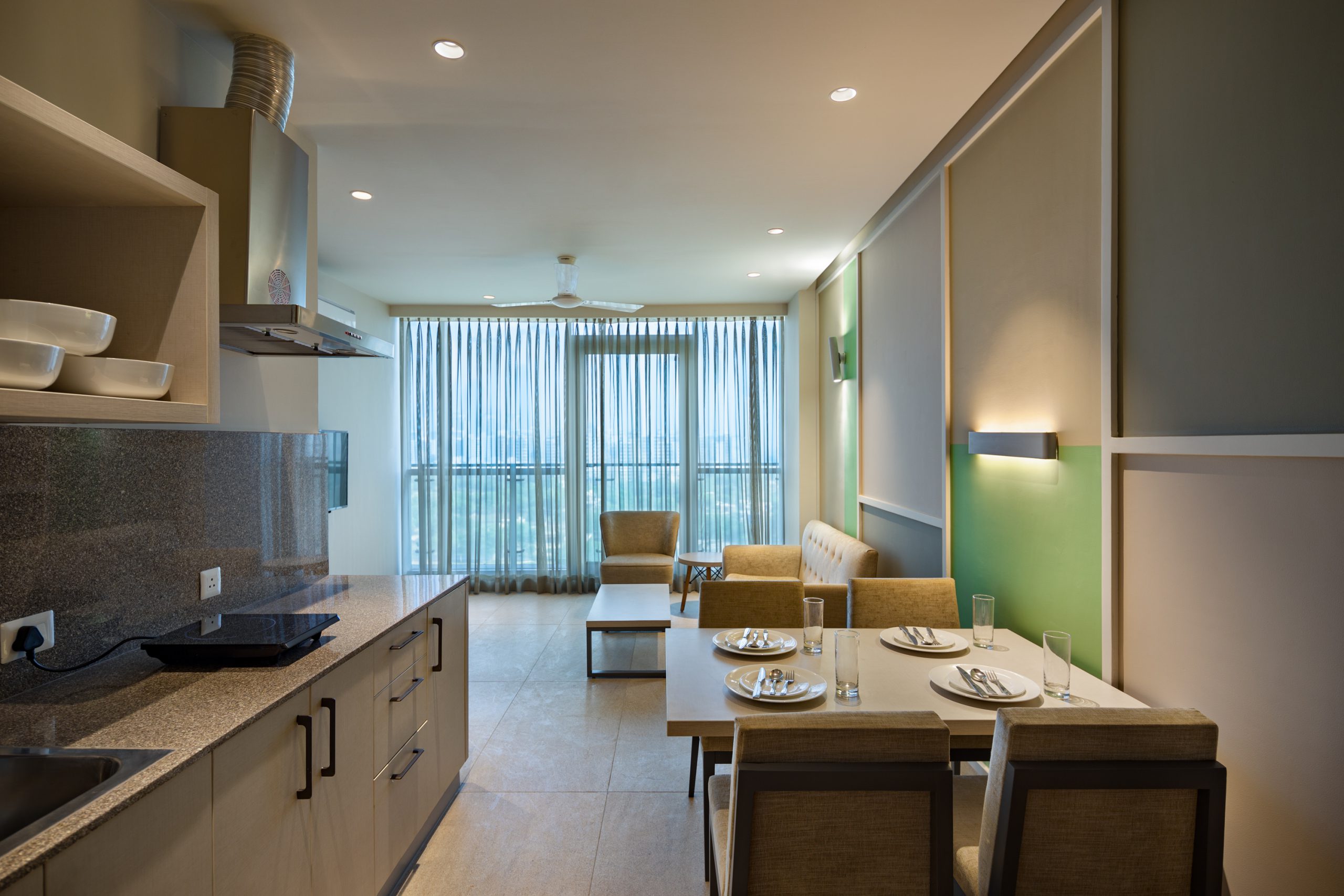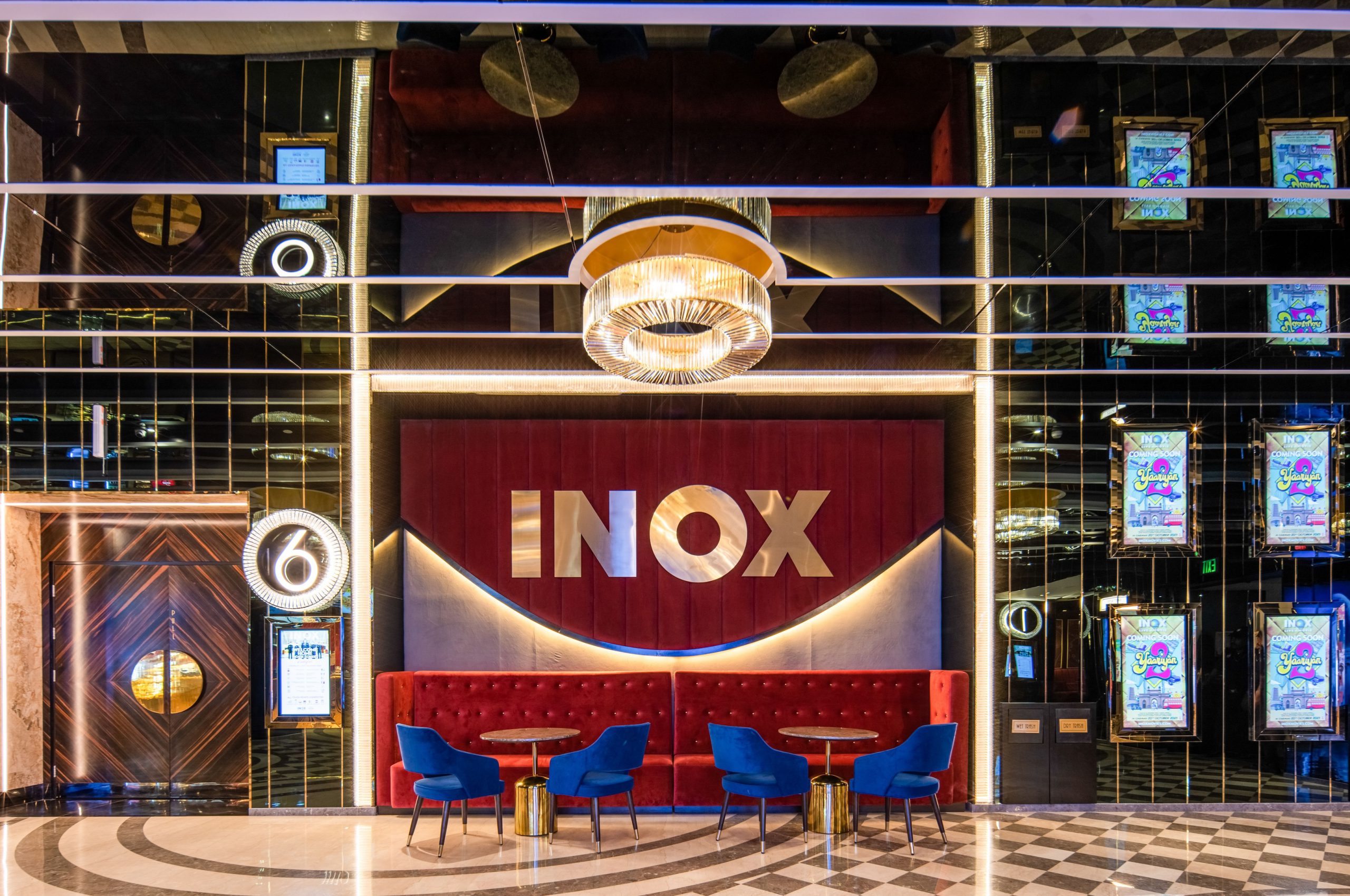
How Multiplexes Have Evolved to Craft Immersive Cinematic Experiences
Blog 28
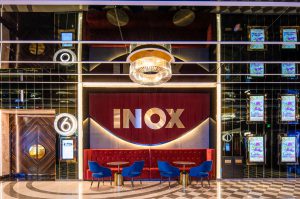
In the dynamic realm of cinema, multiplex design has undergone a remarkable transformation. Gone are simple theatres with rows of seats and basic amenities. Today, multiplex design is about creating immersive cinematic experiences that captivate audiences from the moment they step through the doors.
One significant shift in multiplex design in recent years has been the emphasis on experiential elements. Architects and designers are now tasked with providing a comfortable viewing environment and spaces that engage the senses and evoke emotion. This trend towards experiential design has led to incorporating various elements such as dynamic lighting, immersive sound systems, and interactive technology.
Interior architecture plays a crucial role in shaping the overall moviegoing experience. The lobby, in particular, has become an integral part of the cinematic journey from the moment people enter. Gone are the cookie-cutter layouts of the past, replaced by innovative space planning that maximises comfort and functionality. The modern theatre is designed to cater to the diverse needs of moviegoers, offering various seating options, from traditional stadium-style seats to luxurious recliners with built-in amenities.
But it’s not just about comfort; it’s also about creating spaces that enhance the storytelling experience. Multiplexes now feature themed auditoriums that transport audiences to different worlds, whether futuristic spaceships or lush jungles. These themed environments are achieved through clever use of materials, lighting, and architectural elements, all designed to immerse viewers in the world of the film.
Another critical aspect of modern multiplex design is flexibility. With the rise of streaming services and changing consumer preferences, cinemas must adapt to stay relevant. This has led to the rise of multipurpose spaces that can be easily reconfigured for different uses, from live events to gaming tournaments. Flexibility is also evident in the design of seating arrangements, with many multiplexes offering modular seating options that can accommodate groups of varying sizes.
In conclusion, the evolution of multiplex design is a testament to the ever-changing nature of cinema. From experiential elements to innovative space planning, today’s multiplexes are designed to deliver more than just a movie; they offer immersive cinematic experiences that leave a lasting impression on audiences. As technology advances and consumer preferences evolve, one thing is clear: the future of multiplex design is bound to be as exciting as the films they showcase.
